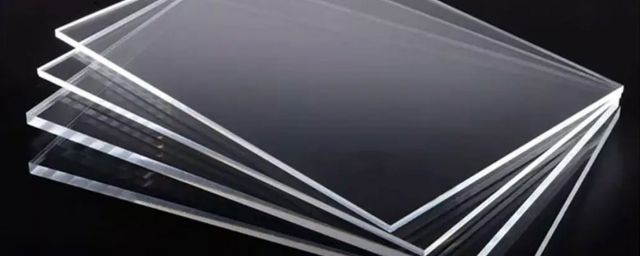Under normal circumstances, acrylic does not contain formaldehyde. Acrylic is also called PMMA or plexiglass, and its chemical name is polymethyl methacrylate. Acrylic is an early developed important plastic polymer material, which has good transparency, chemical stability, weather resistance, easy dyeing, easy processing, beautiful appearance, and is widely used in the construction industry. The items made by Alec are not only beautiful in color, but also good in light transmission. Acrylic board does not use adhesive in the production process, so it does not contain formaldehyde.

Precautions for Acrylic Plate
Acrylic plates are not resistant to high temperatures. Generally, the high temperature resistance of acrylic plate is not high, and it can only withstand the high temperature below 85 ℃. Although many manufacturers have said that the acrylic plate can withstand 104 degrees of high temperature, when the acrylic plate stays in an environment where the temperature exceeds 60 degrees to 95 degrees for a long time, the acrylic plate is prone to slight deformation.
When the acrylic plate is processed, if the temperature exceeds 96 ° C, then the thermal deformation can be started. In the process of using the acrylic plate, if the ambient temperature is too high, it will easily lead to the deformation of the acrylic plate, and the deformation severity of the acrylic plate will generally have a great relationship with the actual thickness of the acrylic plate. The thinner the acrylic plate, the more serious the deformation will be, and the thicker the acrylic plate, the smaller the deformation will be.
In the process of using the acrylic plate, it is not allowed to store the acrylic plate and other organic solvents in the same location, let alone let the acrylic plate contact the organic solvent. In the process of transporting the acrylic plate, it is absolutely not allowed to tear off and wipe off the protective film on the surface of the acrylic plate, otherwise the surface of the acrylic plate may be damaged.
When cleaning the acrylic plate, it is absolutely not allowed to use hard objects to wipe on the surface of the acrylic plate, and it is also not allowed to use dry wiping to clean the acrylic plate, otherwise the surface of the acrylic plate will be easily scratched, affecting the overall aesthetics of the acrylic plate.